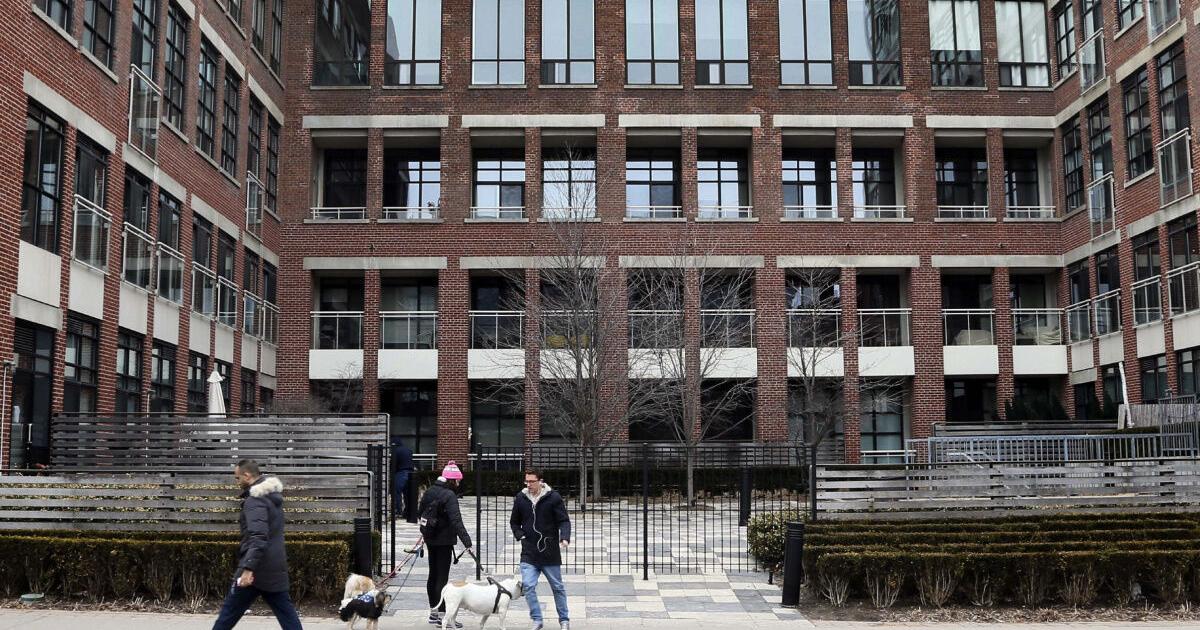Will it really be the second densest node in all of Canada? Is this after everything that is in the works gets built? Is it from a study?
I agree that the Toronto's logic is upsidedown. For such a growing area, that generates so much tax revenue (from both construction and residents), high order transit, schools, community space should be a normal thing, not a luxury.
I would go even further and ask for a museum, or a theatre where there are so many people and construction. But maybe I had lived in Europe for too long

